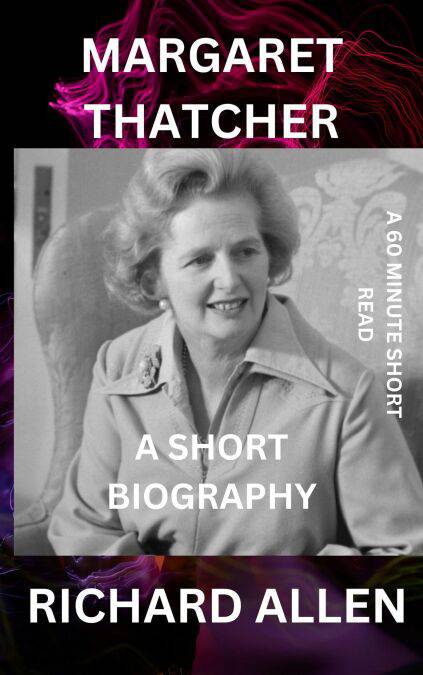
- Afhalen na 1 uur in een winkel met voorraad
- Gratis thuislevering in België vanaf € 30
- Ruim aanbod met 7 miljoen producten
- Afhalen na 1 uur in een winkel met voorraad
- Gratis thuislevering in België vanaf € 30
- Ruim aanbod met 7 miljoen producten
Omschrijving
Great Britain, 1978. Winter. And this winter has been devastating. Roads are blocked, trees are uprooted, and the nation is being torn apart by hurricane-force winds. A large portion of the nation is left in the dark.
The political environment isn't a lot calmer. The government attempts to place limits on salary increases since inflation is rampant. The response from the unions is a wave of strikes.
Refuse collectors go out on strike. Streets are littered with garbage. With truckers on strike, there is panic shopping in supermarkets because it is impossible to predict when empty shelves will be refilled.
This miserable period will be remembered as the "Winter of Discontent." It represents the nadir of a terrible decade. Prior to this, in 1973, the worldwide oil crisis drove up fuel prices, companies closed, and over a million people lost their jobs as a result.
Both the Conservative and Labour governments make a lot of effort to address the difficulties throughout the 1970s. Both, though, are unable to stop Britain's economic collapse.
The Conservatives are easily returned to power in the election that follows the Winter of Discontent. Their leader has a strategy to put Britain back on track and put the turbulent 1970s in the rearview mirror. Britain is poised to undergo a permanent change thanks to Margaret Thatcher.
But let's go back in time first before learning what Margaret Thatcher accomplished as prime minister. How did Margaret Thatcher initially come to be the leader of the Conservative Party?
Specificaties
Betrokkenen
- Auteur(s):
- Uitgeverij:
Inhoud
- Taal:
- Engels
- Reeks:
Eigenschappen
- Productcode (EAN):
- 9798223306771
- Verschijningsdatum:
- 26/09/2023
- Uitvoering:
- E-book
- Formaat:
- ePub

Alleen bij Standaard Boekhandel
Beoordelingen
We publiceren alleen reviews die voldoen aan de voorwaarden voor reviews. Bekijk onze voorwaarden voor reviews.











